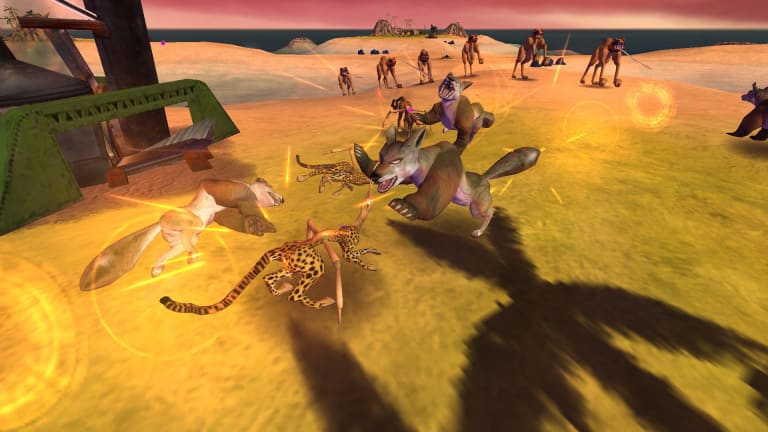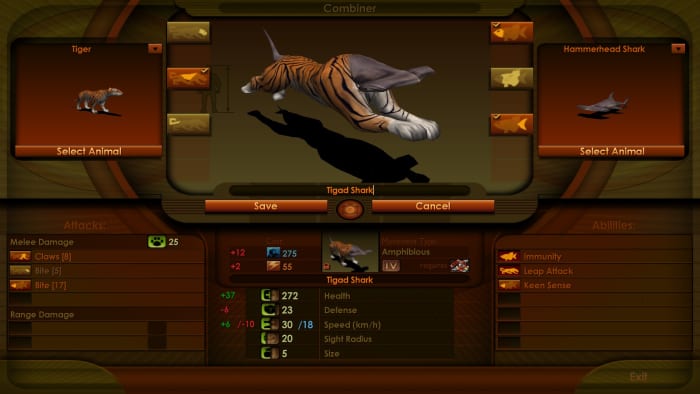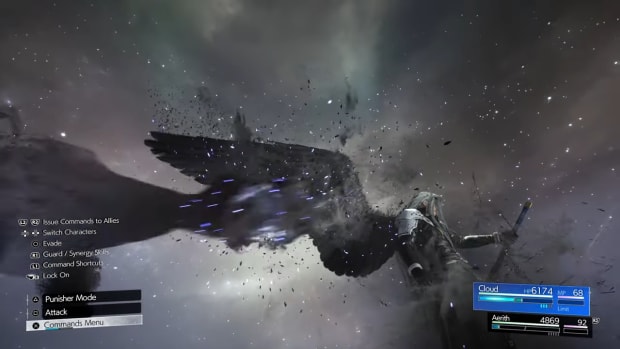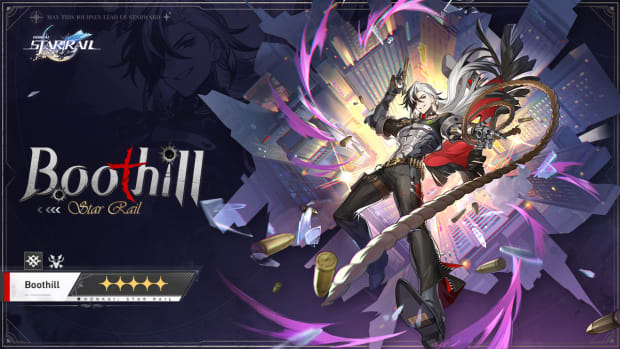
Impossible Creatures 2 needed to be a thing yesterday

I’m currently doing some work around the house, moving around furniture, making some room, you know the drill. Naturally, that led to me looking into some boxes that hadn’t been opened in years, some of which contained video games from the time we used to have physical discs to play them. Ancient treasures, basically. I’ve been a fan of real-time strategy games ever since before being allowed to have my own PC – watching my dad play The Settlers, Krush Kill ‘N Destroy, and Age of Empires was the Twitch of my childhood – and growing up in what we now see as the genre’s golden age certainly helped with my enthusiasm for them.
Naturally, lots of memories came back to me when I found those old discs, complete with the obligatory booklet providing guidance on how to play the game – lucky for us they don’t make those anymore these days, eh? There were so many RTS games back then that developers really had to innovate and get a bit weird to stand out from the rest, and some of those resulting games left lasting impressions.
Enter Impossible Creatures, released in 2003, developed by Relic Entertainment, and published by Microsoft. Set in a sort of Steampunk version of our 1930s, Impossible Creatures is set in an island chain in the Pacific where gene manipulation techniques succeeded in merging different animals together to form hybrid creatures.
These impossible creatures – yes, I said the thing – are your combat units in what is otherwise a regular bread-and-butter RTS game with base building and a two-resource economy. Here’s the thing: The game doesn’t pre-make those units for you. You collect the DNA of wild animals from around your island and then get to decide how you fuse it together. Need a quick and powerful unit that can fight on land and water? Mix a cheetah with a shark, done. What would make a good aerial harassment unit? Perhaps an eagle with the body of a gorilla? Go ahead, dream big.
Back then I didn’t really care about balance or, hell, unit stats at all. It just had to be fun and let me play out my imaginations, and the game excelled at that. Watching your really silly-looking elelobsters and cheesharks fight enemy tortoirillas and scoreagles was just amazing.
You could build your entire faction’s roster from scratch with your own unit designs, needing to prepare yourself for all scenarios and paying attention to the costs – a line-up of only late-game units might be cool, but is not very practical.
Looking back at it today, Impossible Creatures featured a solid rock-paper-scissors approach when it came to armor and weapon types. That sounds static, but with land, air, and water units – and mixed types, as mentioned earlier – as well as some special abilities like regeneration, it’s dynamic enough to make for fun gameplay. Really, though, kind of like Spore was shining most as a creature designer, a lot of the fun of Impossible Creatures stemmed from experimentation in the unit designer, trying out all those different combinations of heads, legs, torsos, and tails, and then field-testing them against opponents.



Though a 2015 remaster treatment made the RTS playable on modern systems via Steam, Impossible Creatures hasn’t aged all too gracefully. Sure, any game feels clunky compared to StarCraft 2, but this one does especially so. Those early 2000s 3D graphics show their age as well, though those stylized animals still look fearsome.
I can only imagine what a nightmare this game would be to properly balance with its more than 40,000 combination possibilities in terms of unit design, but what was its unique selling point at that time would fit perfectly into the modern gaming zeitgeist as well. Isn’t everyone blabbing about customization and enabling players to put their personality into a game or whatever?
Forget cosmetic skins – true customization is only reached when your flying sneagles make their attack runs against the opposing orcanzees, showering them in poison and scratching them with their claws, making your opponent question their life choices.
I’d really love to see a modern take on this concept and hope that the recent resurgence of the real-time strategy genre will eventually lead to another game of this kind. Just think of the DLC packs with additional animals you could sell us, I beg of you. I'll buy them all if the game is good.




